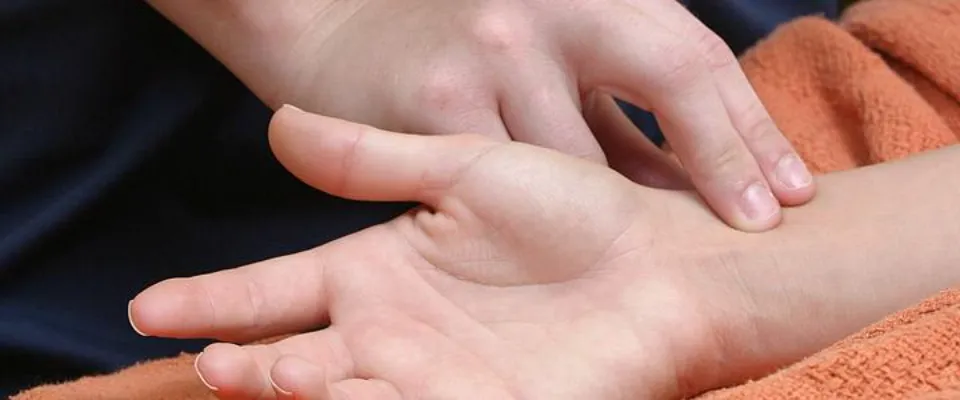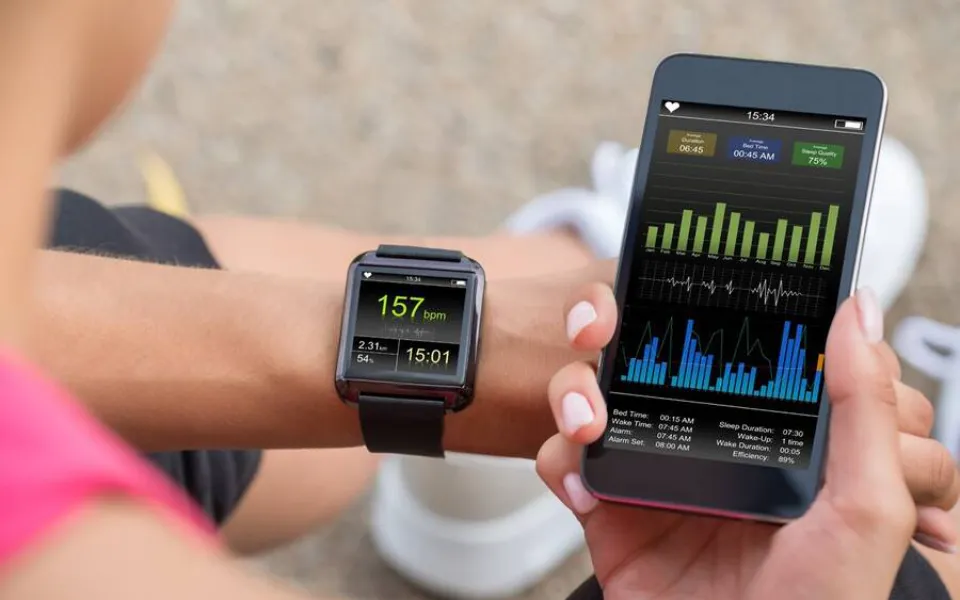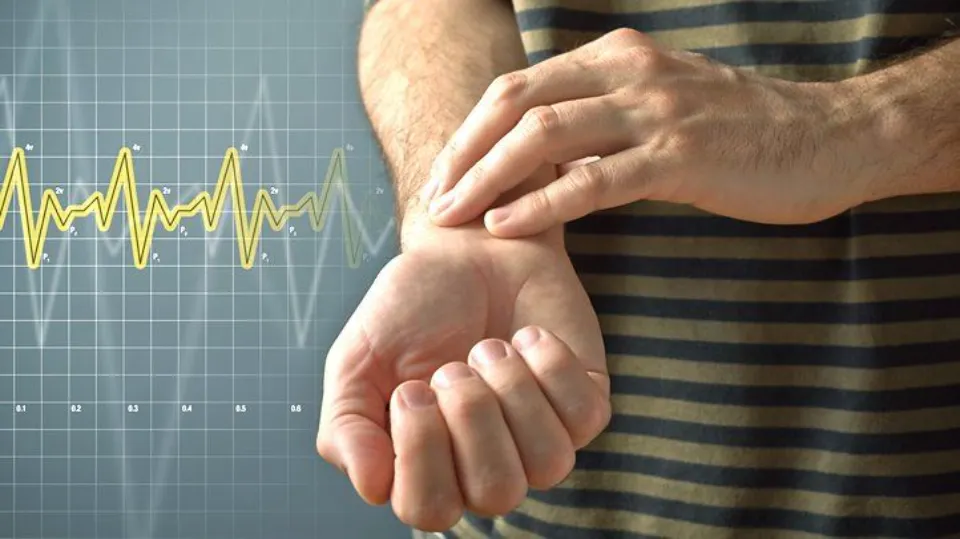Too many people don’t know how to accurately check their heart rhythm without seeing a doctor, despite the fact that many people are aware that an irregular heartbeat can be a serious medical problem. Discover some quick, portable methods for keeping an eye on your heart’s rhythm. If you think you might be in danger, always visit a doctor.
There are several at-home EKG monitoring techniques you can use if you suspect that you may have an irregular heartbeat like atrial fibrillation. Try these innovative, do-it-yourself ways to monitor your heart rhythm at home to detect Afib symptoms:
The Importance of Maintaining a Regular Arrhythmia
Atrial fibrillation (AFib) is one of the most dangerous heart conditions because it is unpredictable. While some patients may immediately recognize a problem when they experience symptoms like dizziness, chest pain, or shortness of breath, many others are completely unaware that they have AFib due to a complete lack of symptoms.
Patients still have a higher risk of stroke and other dangerous health problems even if they don’t have the typical AFib complications. As a result, it’s critical to discuss a treatment strategy with a cardiac electrophysiologist as soon as you identify signs of an irregular heart rhythm.

5 Ways to Monitor Your Arrhythmia at Home
Smartphone Heart Rhythm Apps
People can now track their heart rhythm using smartphones. It is now simpler than ever to screen for and monitor Afib thanks to a new generation of applications for smartphones and activity trackers. A study that appeared in the journal HeartRhythm in March 2013 found that by examining the signals recorded on an iPhone, a mobile app could precisely identify an abnormal pulse in people with atrial fibrillation.
Pulse Check
A watch or a clock with a second hand should be at hand before you check your pulse. You should also sit down and rest for at least five minutes. You can check your pulse using a home pulse oximeter that is made for use in hospitals. You can check your pulse manually if you don’t have a pulse oximeter by extending your hand palm up, bending your elbow just a little, and placing your middle and index fingers firmly in the center of your wrist. Move them around until you feel your pulse. Never check your heartbeat; always look for a regular heart rhythm.
Holter Monitor
If you occasionally experience paroxysmal afib episodes, your doctor might recommend a home ECG monitor like the Holter monitor. This portable, battery-powered device monitors the electrical activity of your heart for as long as you wear it, which is typically a few days. It transmits the recordings to your doctor’s office or a company that analyzes the data using wireless cellular technology.
Stethoscope
You can also monitor your heart rhythm at home with a low-cost stethoscope. Get a watch or a clock to keep time within seconds, and then listen to your heart through your chest to determine whether it is beating nicely and steadily or if it is bouncing around.
Confirm Afib With a Wireless, Home EKG Monitoring Device
Getting a personal electrocardiogram (EKG or ECG) from your doctor is the best way to confirm an Afib diagnosis. When you’re at home or on the go, this method is thought to be the most trustworthy and accurate way to diagnose the condition and determine what kind of atrial fibrillation you have. Patients with AFib and other types of arrhythmias can record their heart rhythms at any time, anywhere, in 30 seconds or less with the help of a wireless, mobile-friendly EKG device from SonoHealth.

What to Do If Your Arrhythmia is Abnormal?
Make an appointment to see a doctor if you believe that your heart is beating abnormally, whether it be too quickly, too slowly, or skipping a beat. If you experience shortness of breath, weakness, dizziness, lightheadedness, fainting or near-fainting, or chest pain or discomfort, seek immediate medical attention.
A significant drop in blood pressure can be brought on by an arrhythmia known as ventricular fibrillation. In just a few seconds, someone can pass out, and their breathing and heartbeat will stop shortly after. If this occurs, follow these steps:
- Call the local emergency number, such as 911.
- If there’s no one nearby trained in cardiopulmonary resuscitation (CPR), provide hands-only CPR. Until paramedics arrive, rapidly compress the center of the chest at a rate of 100 to 120 compressions per minute. Rescue breathing is not necessary.
- If you or someone nearby knows CPR, start CPR. CPR can help maintain blood flow to the organs until an electrical shock (defibrillation) can be given.
- If there is an automated external defibrillator (AED) nearby, have someone get it and use it as directed. An AED is a portable defibrillation device that can deliver a shock that may restart heartbeats. No training is required to operate an AED. The AED will tell you what to do. It is programmed to only allow a shock when necessary.
Summary
Utilizing a number of home EKG monitoring techniques, you can confirm your arrhythmia. Examples include a pulse check, a stethoscope, a holter monitor, and smartphone heart rhythm apps. A cardiac electrophysiologist should be consulted right away to confirm a diagnosis and start a treatment plan if your at-home tests do reveal a potential irregularity.
FAQs
Is It Safe to Have An Irregular Heartbeat?
These irregular heartbeats are frequently harmless and go away on their own. They can be dangerous though if they happen frequently. When your heart’s rhythm is off, it isn’t effectively pumping oxygenated blood, which could be harmful to your heart and the rest of your body.
What Vitamins Help Irregular Heartbeat?
Magnesium. Your heart rhythm can be stabilized with the aid of this mineral. You might experience an irregular heartbeat if your body is lacking in it. Studies indicate that taking supplements containing magnesium may help slightly lower blood pressure.



